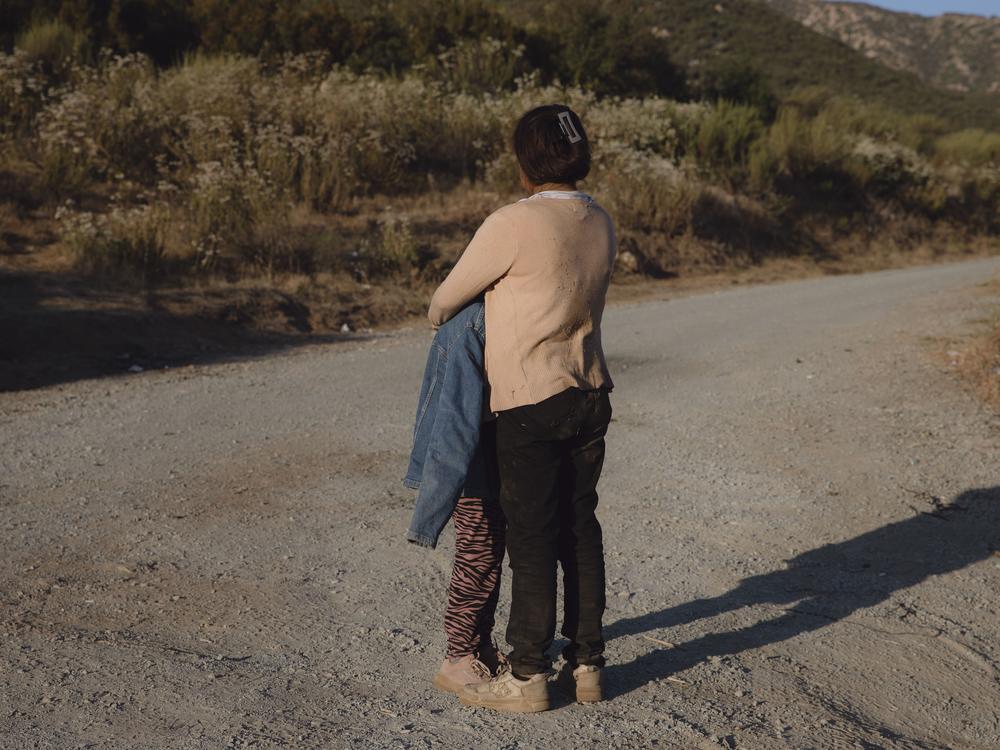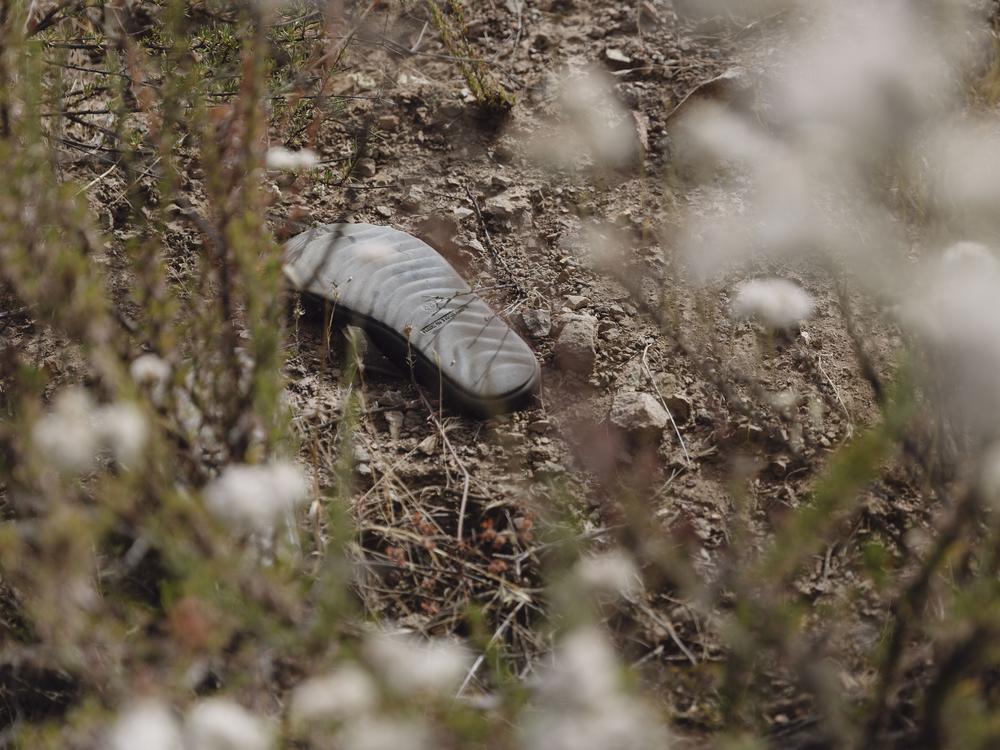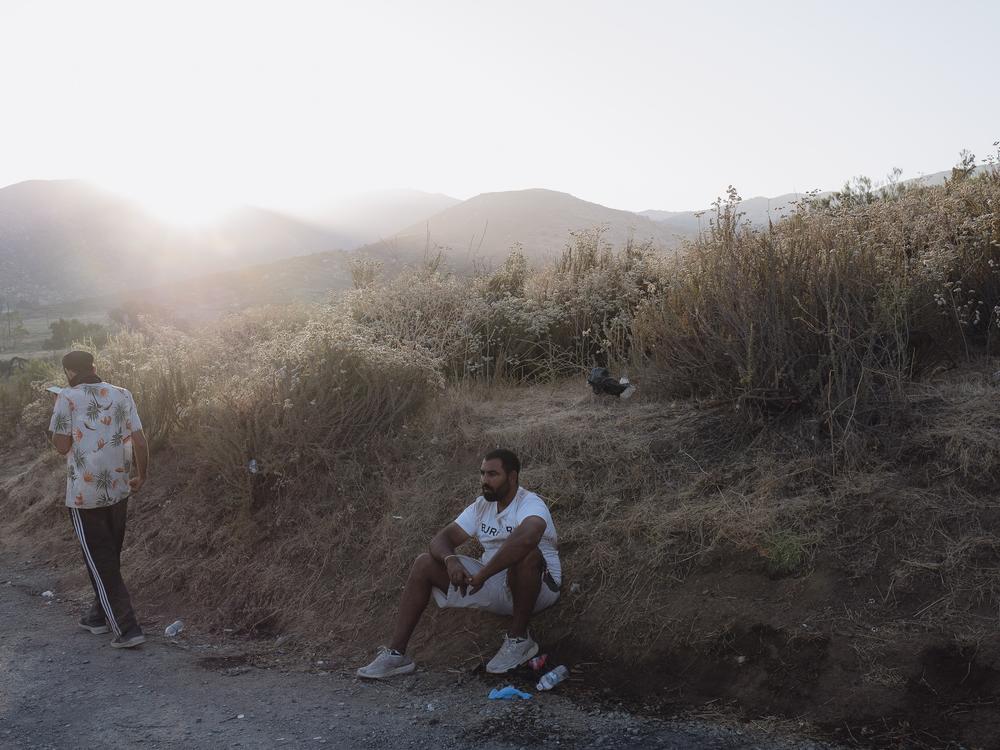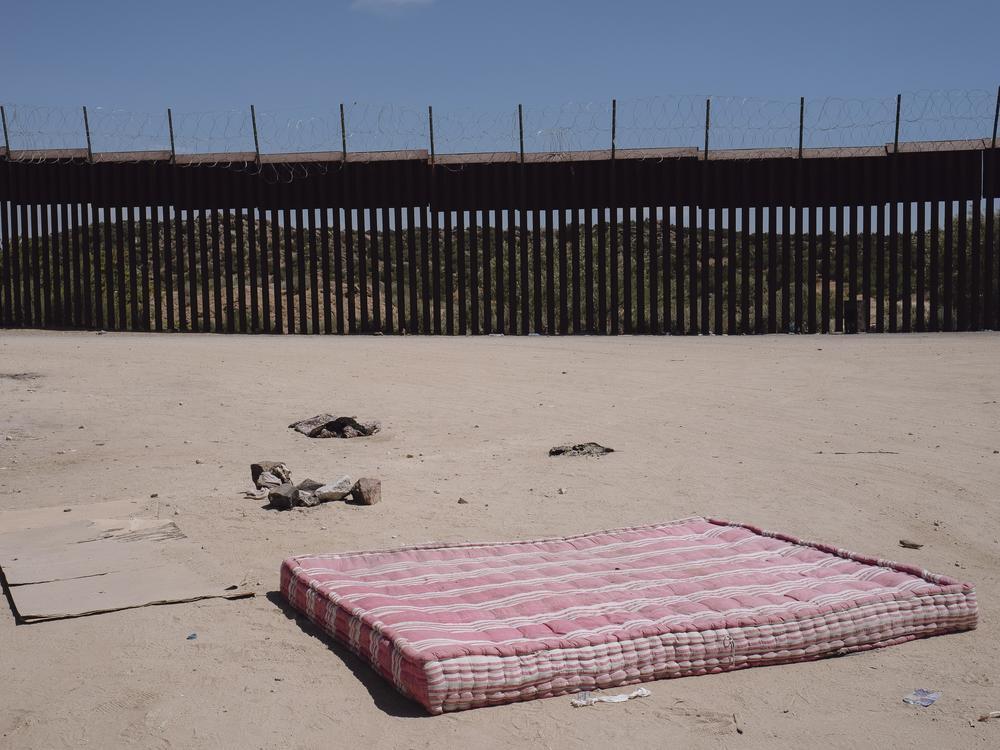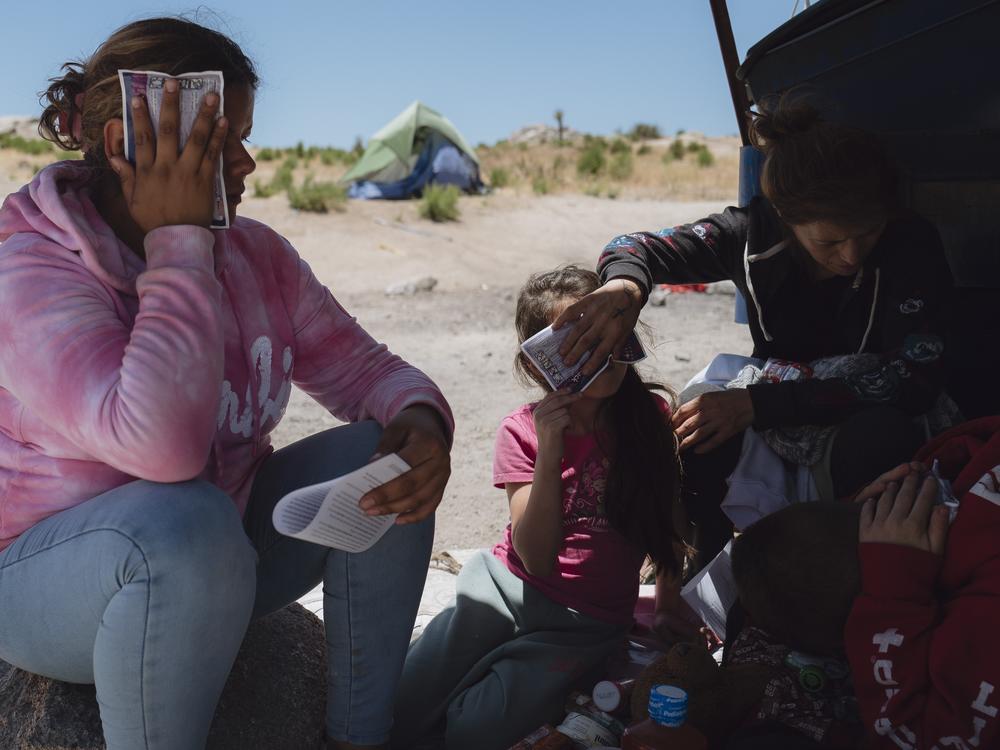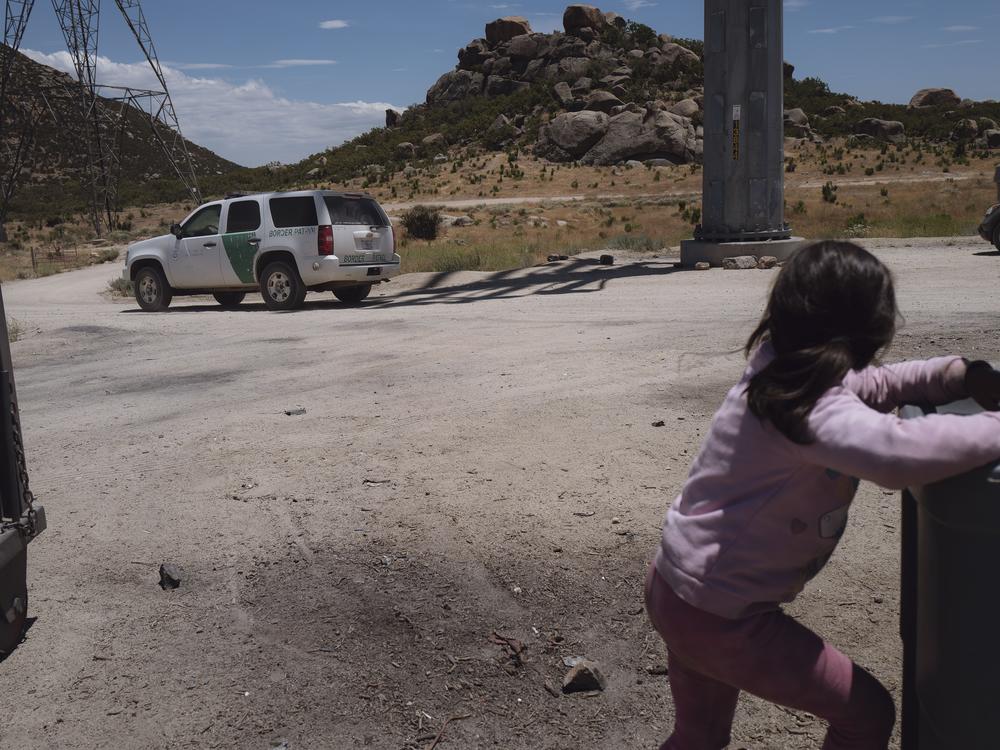Section Branding
Header Content
At the border, migrants ‘wait and see’ as encounters with Border Patrol dip 40%
Primary Content
Jacumba Valley, Calif. — Encounters between U.S. Customs and Border Patrol and migrants crossing the southern border without authorization decreased by 40% in the three weeks since new asylum restrictions took effect.
In announcing the executive actions on June 4, President Biden said these measures were needed to bring “order to the border.”
His administration points to the latest statistics as proof that the new policies are succeeding.
“The president’s actions are working because of their tough response to illegal crossings,” Secretary of Homeland Security Alejandro Mayorkas said at a press conference in Tucson, Arizona on Wednesday.
“We are removing more noncitizens without a legal basis to stay here.”
But the number of people arrested while attempting to cross the border declined over the past five months, and not all of that is attributable to U.S. policy. Mexico also scaled up its enforcement and has been stopping migrants from trekking north toward the U.S.
Mayorkas says the administration has doubled the number of expedited removals in the last three weeks, with more than 100 international repatriation flights to 20 countries.
According to the DHS, arrests haven’t been this low since January 2021.
Crossings are fewer but still hazardous for those who make the journey
So far on the California border, there’s been a noticeable shift: up until last month, the San Diego sector had been the place with most undocumented migrant crossings.
Just weeks ago, hundreds of migrants still waited in campsites scattered throughout California's Jacumba Valley, a remote area 80 miles east of San Diego. There, they could wait to be picked up by Border Patrol and petition for asylum.
Lately, these locations look mostly empty, and makeshift tents flap in the wind. But some people still cross the border and end up here — including a family with three small children NPR encountered at one of the sweltering desert camps.
One of the children, a 7-year-old, was seriously dehydrated and seemed about to pass out. As humanitarian volunteers gave him first aid, the child's parents explained that the family had walked for eight hours through the desert.
The journey was challenging– they evaded snakes and mountain lions– but staying in their native Mexico was not an option.
The family owns an auto repair shop in the southern state of Michoacán, where they were extorted and feared for their lives.
The mother, Jazmin Mora, says the family first fled to Tijuana, hoping to make it to the United States where they have family. But after just one month in the Mexican border city, they encountered violence there too, so they decided to try to cross.
“We moved around to several other places, but the reality is all Mexico is unsafe for everybody,” said Mora.
Her family’s story embodies what immigration analysts have told NPR about the newer border measures: deterrence policies alone do not work to curtail undocumented immigration in the long run.
Implications for the U.S. presidential election
Although the Biden administration touts these policies as a success, migrants continue to arrive at the border, although they stay on the Mexican side to ‘wait and see’ when to cross.
The announcement of lower numbers of border encounters and higher numbers of removals comes just before the first presidential debate on Thursday, in which immigration is expected to be front and center.
Far away from the politics of Washington D.C., neither migrants nor the locals had much to say about the border policies. They told NPR they see it as politics as usual –no real, lasting solutions.

